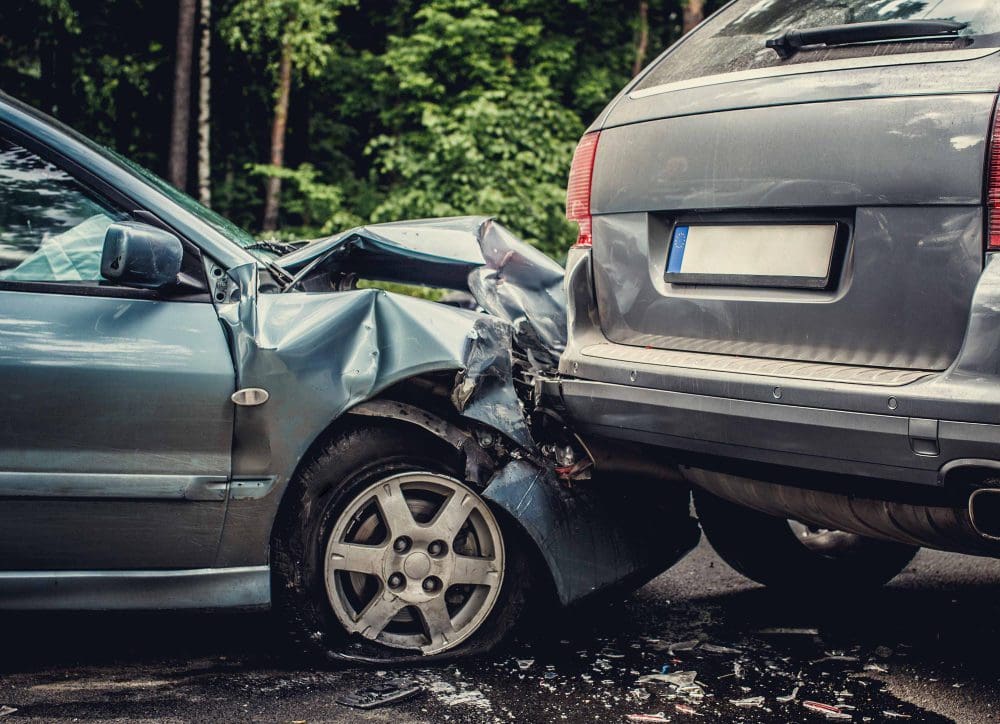According to a 2020 study on traffic accidents, four fatal accidents were reported in Cape Girardeau. This statistic doesn’t seem too grave at first glance, but it should still hammer the point – no one is safe from falling victim to a traffic accident.
If this happens to you for some unfortunate reason, don’t lose hope. Getting the right compensation for such an accident generally falls on proving negligence for car accidents (and other personal injury incidents). But to succeed in your personal injury lawsuit, you should consult an attorney in Cape Girardeau, MO, to help you prove negligence and collect fair damages.
What Is Negligence?
Many accidents result from someone’s carelessness. Carelessness is classified as negligence when it’s below a legally recognized limit. A negligent person is responsible for any damages resulting from their careless conduct.
In simple terms, negligence occurs when one fails to exercise the required level of care in a given situation. Some examples of negligence include a driver involved in an accident because they were texting while driving, a doctor who injures a patient by operating the wrong limb, or a property owner who fails to clean up spilled paint or water leading to a slip and fall accident.
What Are the Elements of Negligence?
To succeed in a personal injury claim based on negligence, there are four elements you should prove. A negligence claim should show the following elements.
1. Duty of Care
To make a claim based on negligence, you need to prove that the at-fault party had an obligation to avoid causing harm to you. This legal concept is called duty of care. For example, a driver must operate their vehicle carefully at all times, which includes obeying traffic rules, to avoid causing harm to passengers, pedestrians, and other drivers.
In the case of a slip-and-fall accident, a property owner is obligated to ensure their premises are free from hazards. Similarly, in a medical malpractice case, a doctor should administer treatment based on the standard of care set for medical practitioners. Also, in a defective product case, sellers, distributors, or manufacturers are legally responsible for selling and producing products free of any danger to consumers.
2. Breach of Duty
After establishing that the at-fault party had a duty of care towards you, the next step in a negligence claim is to show they violated that responsibility. A defendant can breach their duty of care by acting or failing to act in a manner that a reasonably prudent person would under the same circumstances.
To determine a breach of duty, the court will compare the defendant’s actions with those of a reasonable person in the same situation. Therefore, the at-fault party is considered negligent if the average person, knowing what the at-fault party knew, would have known that their actions would result in a person being injured and would have acted contrary to how the at-fault party did under those circumstances.
3. Causation
While someone may act negligently, you can only recover damages if their actions result in your injury. For example, you cannot sue someone for selling you a defective product, yet you haven’t used it or sustained injuries.
Additionally, you need to show that the defendant could have foreseen their actions would result in an injury. However, if the defendant’s actions were unexpected, the injury caused by these actions is deemed unforeseeable. In this case, the defendant may not be considered negligent.
4. Damages
One of the main aims of a negligence claim is damages. When filing a personal injury claim, you want compensation for your injury or losses. To receive damages, you should show that your injuries warrant payment. Damages for personal injury cases include monetary compensation for medical costs, property damage, lost income, and future rehabilitation costs.

What Are the Other Types of Negligence?
The three other forms of negligence in personal injury claims are gross negligence, negligence per se, and comparative negligence.
1. Gross Negligence
This is more severe than ordinary negligence because the defendant knew of the extent of the danger, or the danger was so apparent that they should have been aware of it. For example, a property owner failed to repair a broken porch step even after watching several people fall. Also, a driver speeding in a street with heavy pedestrian traffic is liable for gross negligence.
2. Negligence Per Se
Under the legal concept of negligence per se, if the defendant broke the law, there is no need to prove that they owed you a duty or violated their duty of care. For example, when a driver operates a vehicle while drunk, their conduct falls under the rule of negligence per se.
3. Comparative Negligence
Negligence can either be comparative or contributory. In some personal injury claims, the plaintiff shares blame for the accident or incident with the defendant. This means the plaintiff is partially responsible for their injury or losses.
In comparative negligence states, the court will award the plaintiff damages based on their percentage of liability for the accident. On the other hand, in contributory negligence states, the plaintiff will not recover any damages if the defendant can prove that the plaintiff is even 1% responsible for the accident.
Work with a Personal Injury Lawyer Today!
Navigating the legal process of negligence claims is quite cumbersome for the layperson. Furthermore, working without legal representation can lead to low settlements or unfair rulings. That said, a lawyer can help clients gather evidence and recover satisfactory damages.
Featured Image by fxquadro on Freepik










